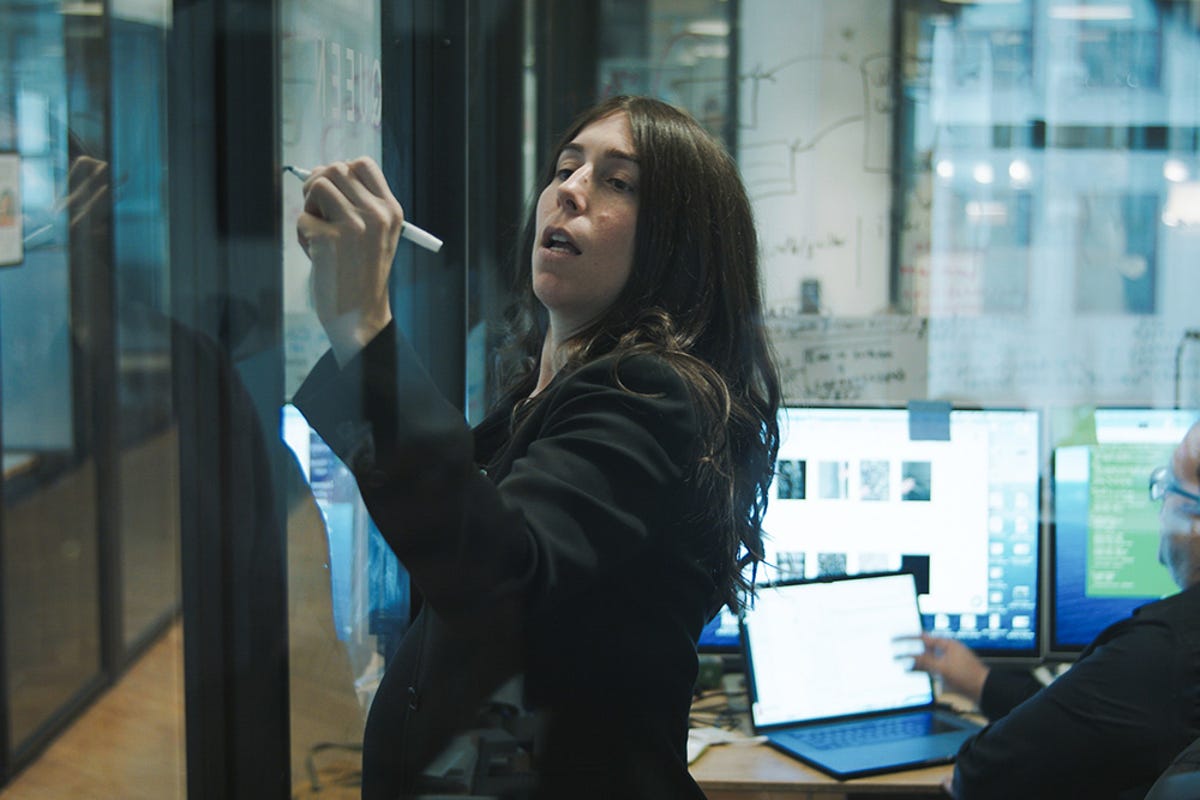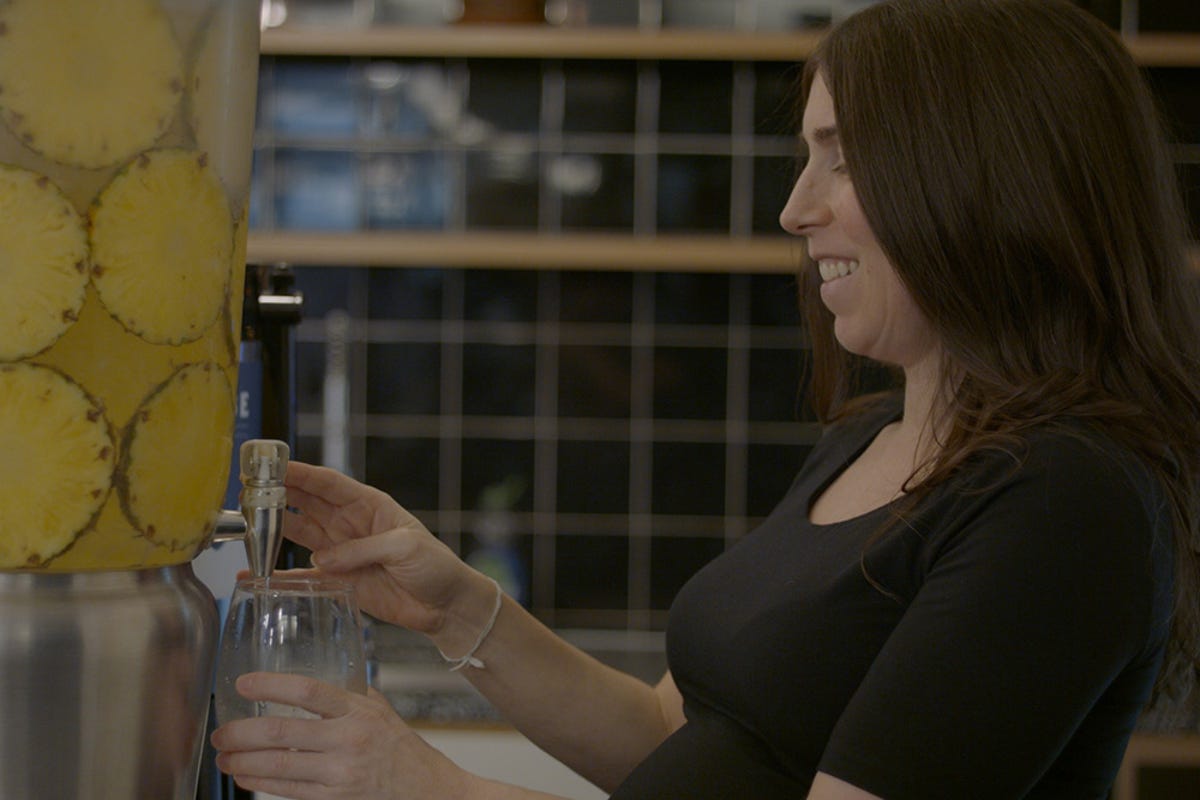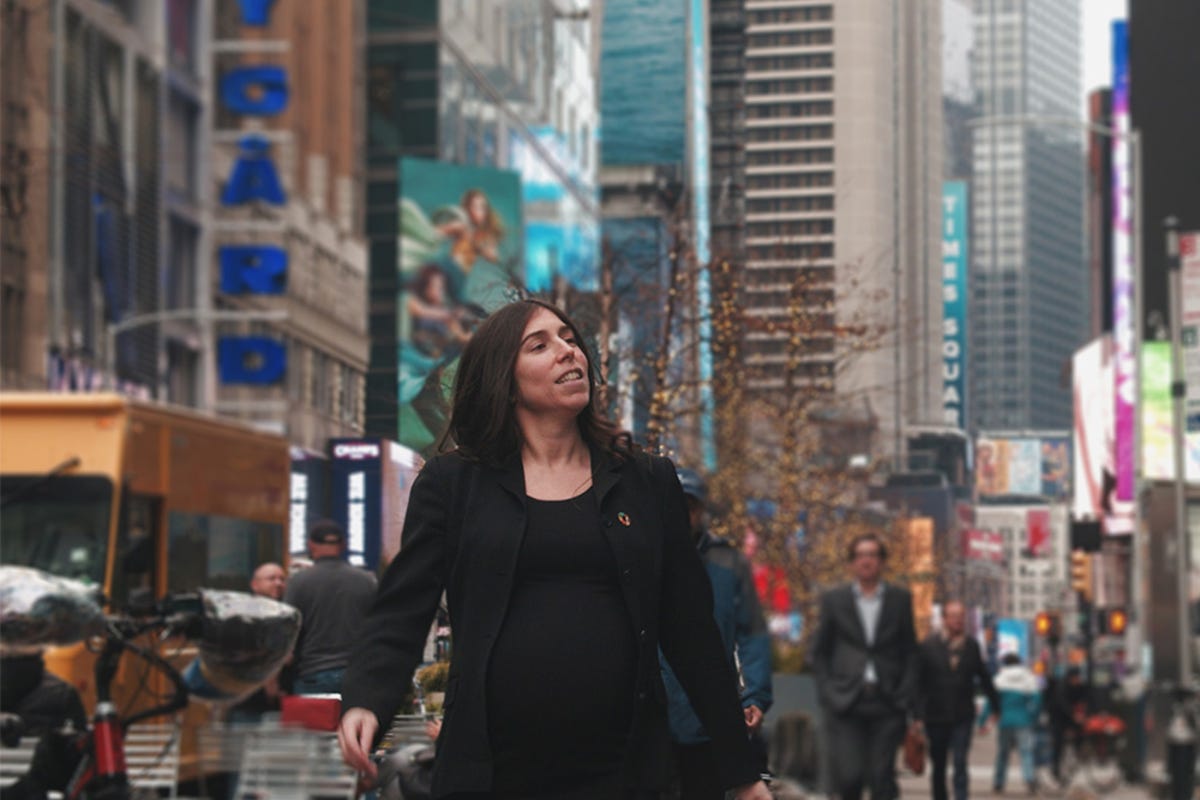Fellow Portrait
Stephanie Benedetto
Queen of Raw
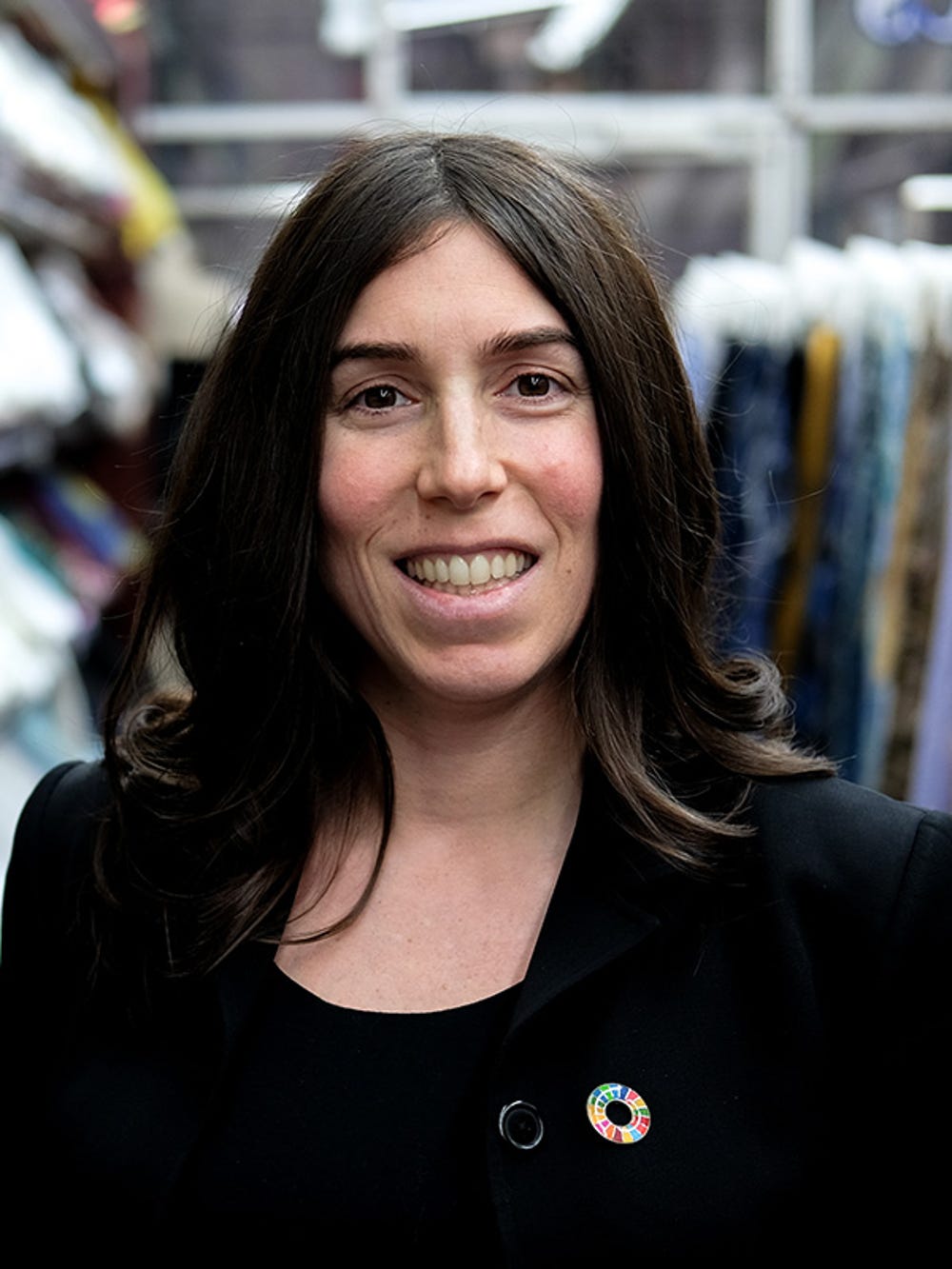
A marketplace to buy and sell unused textiles, keeping them out of landfills and turning pollution into profit.
North America
United States
FELLOW
2020
Updated March 2020
The High Environmental Cost of Fashion
When you slip into your favorite tee-shirt, you probably don’t think about where it came from and at what cost. You just enjoy the soft fabric and the fun pattern.
But that comfy shirt required a third of a pound of chemicals and 700 gallons of water to produce and another 700 gallons of water to wash over its lifetime. The fashion industry as a whole accounts for more than five percent of global carbon emissions, second only to oil and gas. And the fashion marketplace operates inefficiently; more than 87 percent of clothing produced ends up incinerated or in a landfill.
I’m doing this for my four-year old son and my new baby. I want them to have clean water to drink, clothes that aren’t toxic to wear, and a planet to live on.
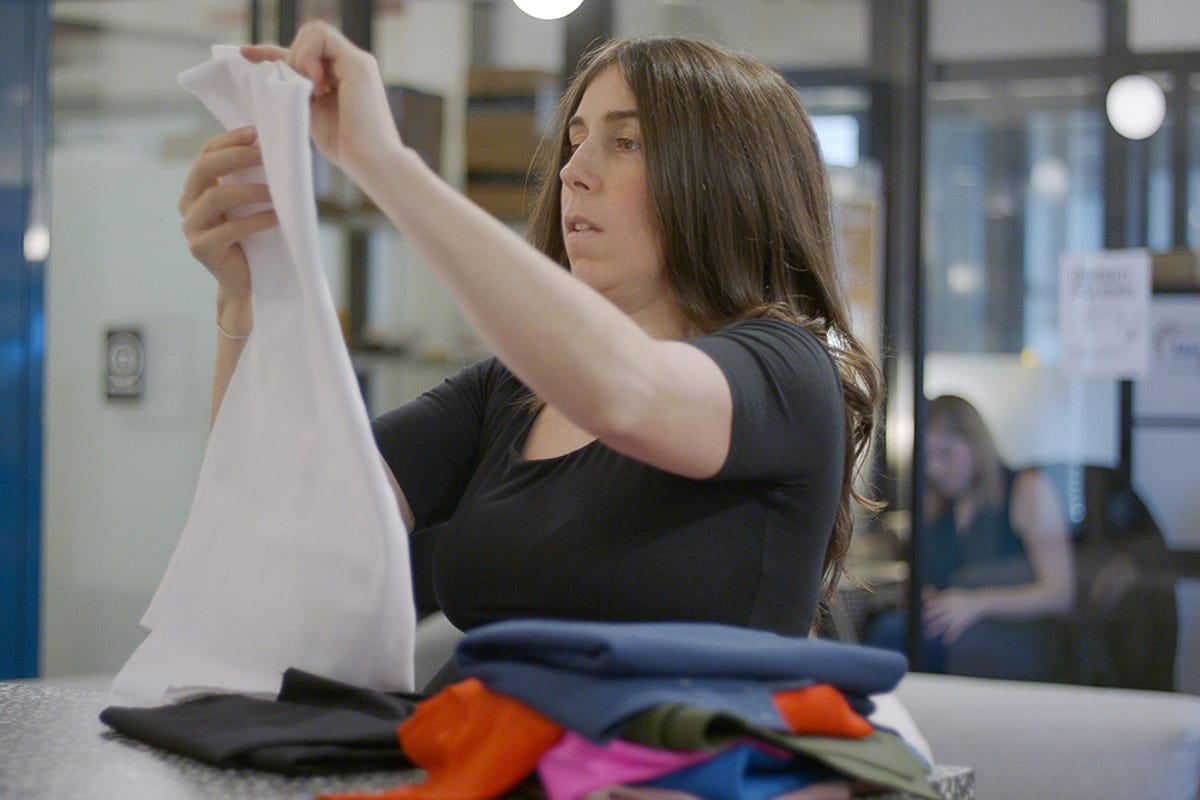
Solving the Supply/Demand Mismatch to Rescue Unused Material
The waste associated with the fashion industry shocked Queen of Raw founder Stephanie Benedetto as she worked to build a company that created a sustainable synthetic replacement for leather. “I was exposed to the voluminous amount of waste. I would see walls upon walls of perfectly good stuff collecting dust… I thought, this doesn’t make any sense. There’s a supply and demand mismatch.” At any point in time, manufacturers may hold $120 billion USD of unused inventory, while buyers scramble to source fabric.
This observation sparked the idea for Queen of Raw, which Stephanie founded in 2014 to bring the modern technology of block chain to the textile industry. Like an Airbnb for fabric, the company’s online marketplace connects factories, mills, retailers, and brands with buyers. The marketplace lets sellers turn material that otherwise would have been incinerated into profit while buyers find the exact fabric they need, from English tweed to Italian jacquard.
Stephanie grew up living and breathing fabric. Her great grandfather emigrated from Austria in the 1890s and started a New York City textile business. She modeled Queen of Raw on her grandfather’s business. “He found wasted garments nearby and repurposed them by hand with minimal waste and minimal toxins to sell to local customers,” Stephanie says. “I’m looking at how we can get back to that in a way that makes sense for people, for planet, and for profit.”
A marketplace to buy and sell unused textiles, keeping them out of landfills and turning pollution into profit.
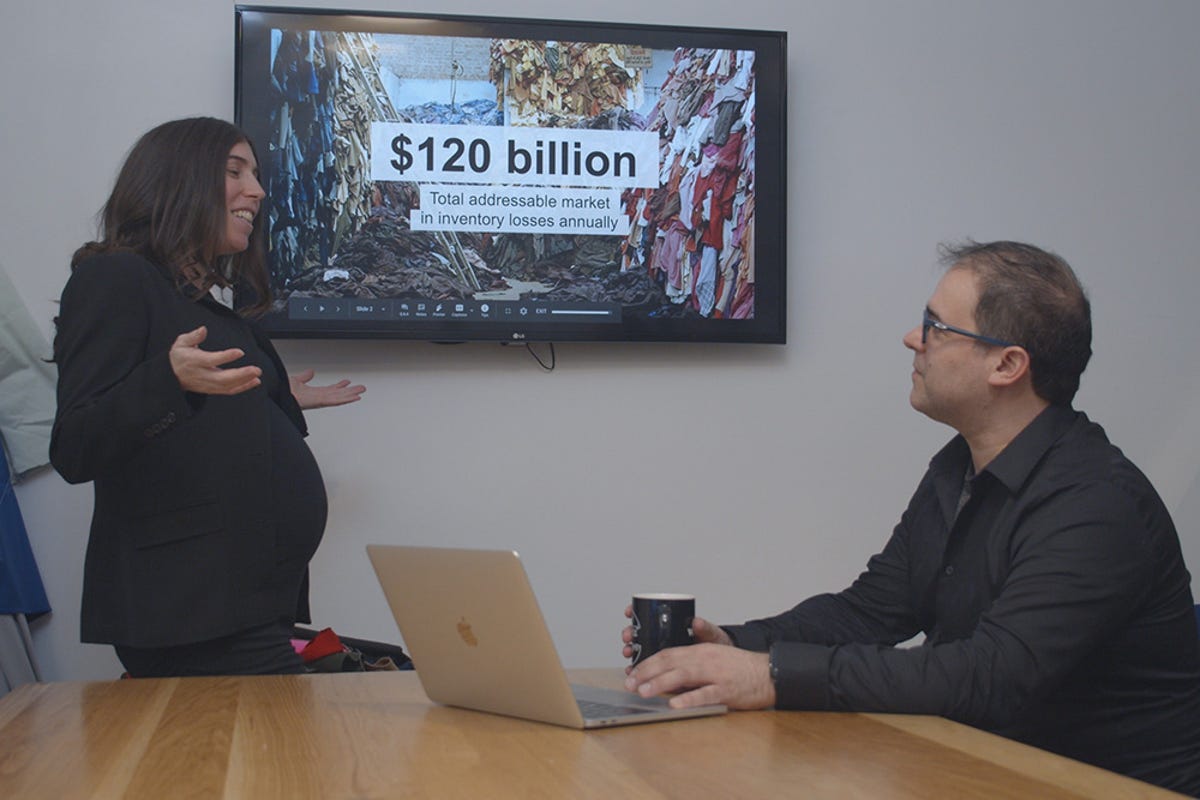
A For-Profit Business with a Strong Social Mission
Being a for-profit business is important, Stephanie says, because bringing about meaningful change requires the participation of C-suite executives. “We need the CMOs who are worried about storytelling around good work, the CIOs and COOs who are responsible for technology, procurement, and managing the supply chain day-to-day, and the CEOs responsible for setting the corporate agenda. That’s the beauty of how we built our business. We have the economic piece so our customers are not just doing well for good’s sake, but because it makes good business sense.”
Stephanie has always felt she is fulfilling a destiny. “I knew from a very early age I’d be doing this,” she says. It wasn’t just that she grew up in the family business or that she attended an all-women’s school for 13 years that encouraged her to be an entrepreneur. It was also the accidental death of her brother two years before she was born. “I never knew him. But I was named after him. I looked like him. I know from that experience that life is short and I am going to take full advantage of my time here to make the world a better place.”
The model my great-grandfather used for doing business is the same model I’m using… I’m looking at how we can get back to that in a way that makes sense for people, for planet, and for profit.
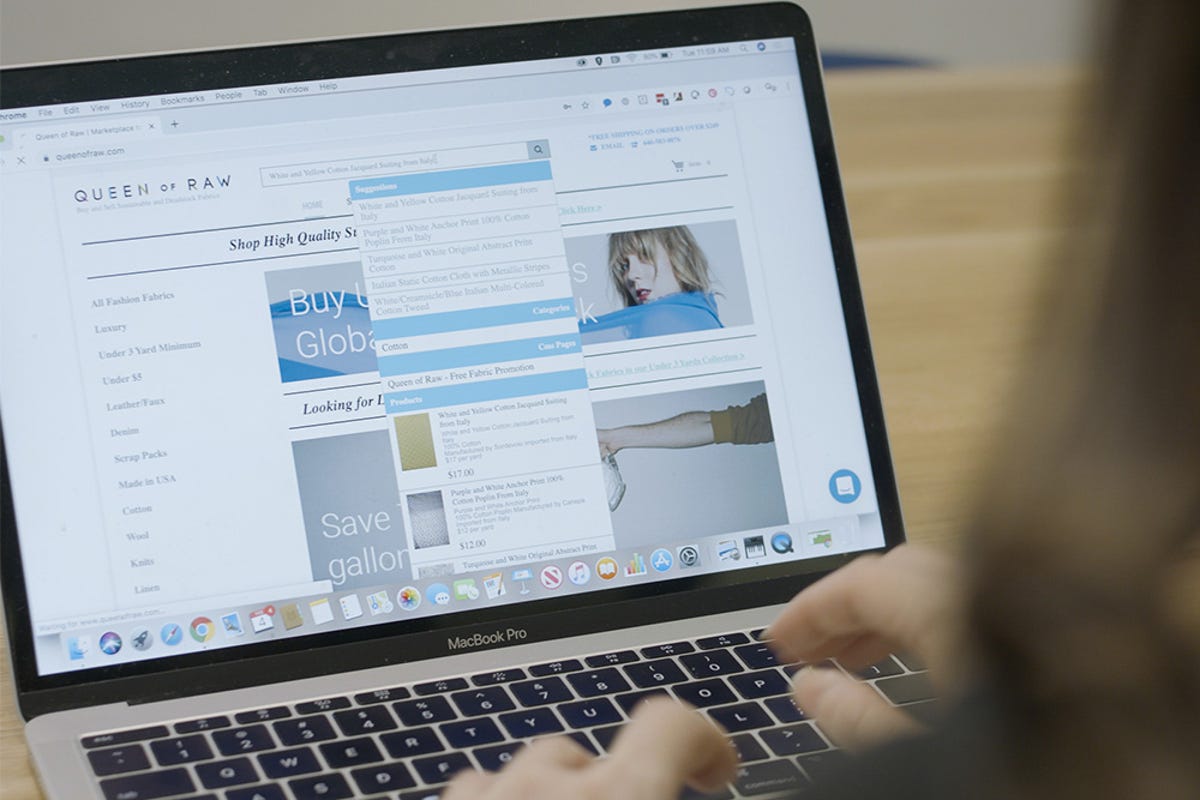
Billions of Gallons of Water Saved
Businesses participating in the Queen of Raw marketplace—from the world’s leading fast fashion brands to luxury retailers—already have saved millions of dollars and more than a billion gallons of water. That’s enough clean water for 1.43 million people around the world to drink for three years. But fashion and textiles are just the beginning. The company is exploring applications of block chain and machine learning/AI technology that extend to other industries and to other parts of the supply chain.
“If we continue the current pace of textile production, then by 2025, two-thirds of the world’s population will suffer a shortage of water,” Stephanie says. “That’s why we’ve been very focused on mapping water saving. I’m doing this for my four-year old son and my baby due in a few weeks. I want them to have clean water to drink, clothes that aren’t toxic to wear, and a planet to live on.” Queen of Raw is making this vision a reality not only for Stephanie’s children, but for children around the world.
Queen of Raw has already saved over one billion gallons of water while saving businesses millions of dollars. That’s enough clean water for 1.43 million people around the world to drink for three years.
